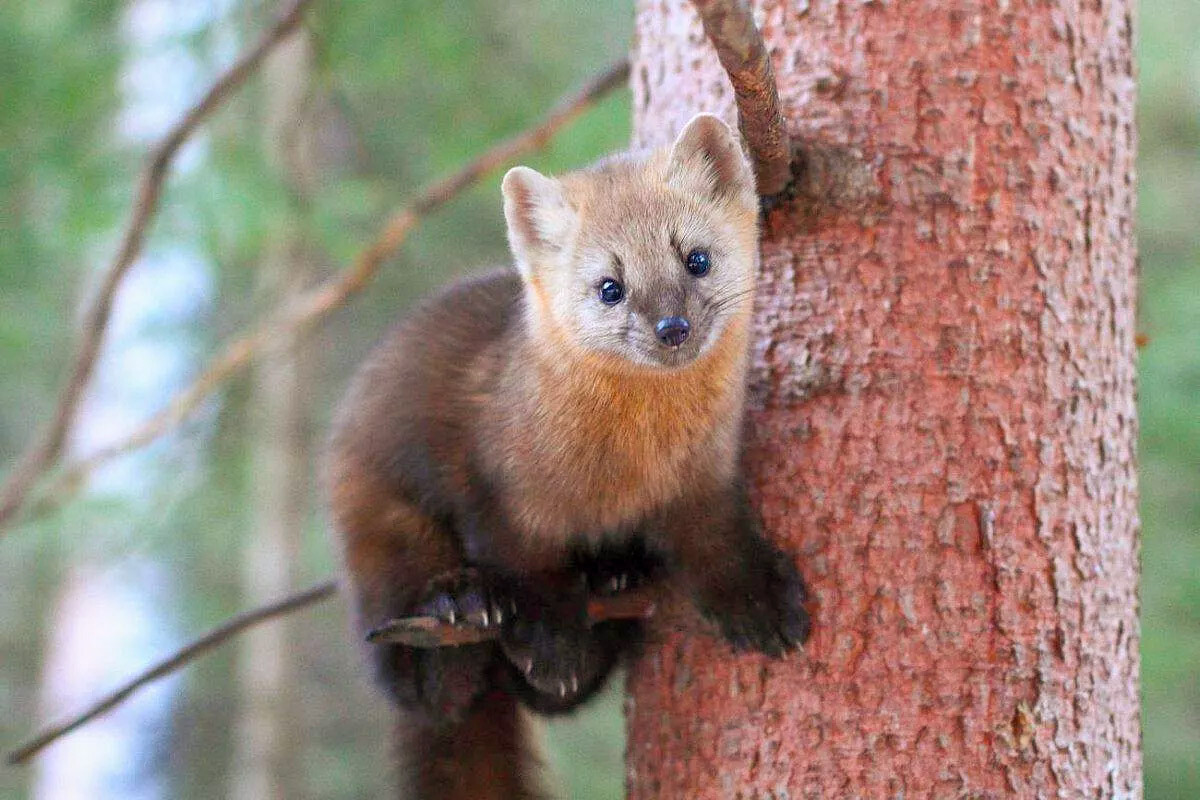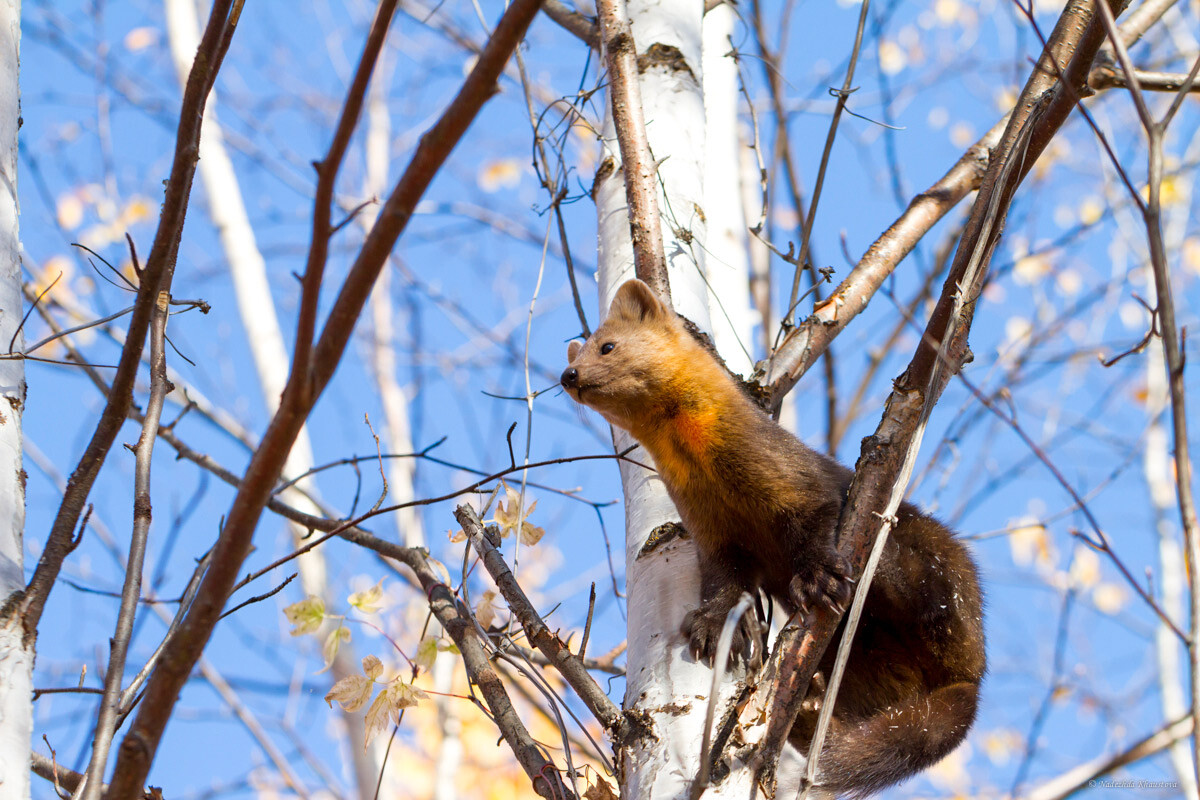
Russian sable: The ‘soft gold’ of the taiga

 Barguzin sable.
Barguzin sable.
Smaller in size than a cat, it can nevertheless jump up to two meters in length. It has a lot of energy and there is plenty of space for it in the taiga.

Despite its cute appearance, the sable is a true predator that hunts animals smaller than it. In national parks, it is not uncommon for them to search the lodges of employees and guests for something tasty. The sable is an intelligent animal and realizes that people have food. Fish, sausage, nuts, berries - the little thieves snatch anything that smells good. But how can you scold it?
 The sable in the Amur Region, Russia's Far East.
The sable in the Amur Region, Russia's Far East.
A century ago, the sable was the most coveted trophy of any hunter. Its fur is considered one of the most expensive in the world. So much so, it was dubbed "soft gold".
 This sable was found in Kamchatka.
This sable was found in Kamchatka.
It is the sable that decorates the coats of arms of Novosibirsk, Yekaterinburg, Yakutsk, Tyumen Region and other regions of the country. Even the word ‘sable’ ('sobol' in Russian) is originally Slavic and sounds similar in other languages.
 Siberian sable.
Siberian sable.
There are 17 known species of sable, which differ from each other in color, from beige to almost black. The most valuable and rare is considered to be the Barguzin, which lives on Lake Baikal. It is also the smallest of its kind.
 At the Barguzin State Nature Biosphere Reserve.
At the Barguzin State Nature Biosphere Reserve.
To protect this subspecies, the very first reserve in Russia - Barguzin - was created in 1917. Due to hunters, the sable almost disappeared by the beginning of the 20th century and was only restored thanks to this and other conservation areas. Today, there are more than 1.5 million of these cute animals living in Russia.
 A sable in Tyumen Region.
A sable in Tyumen Region.












